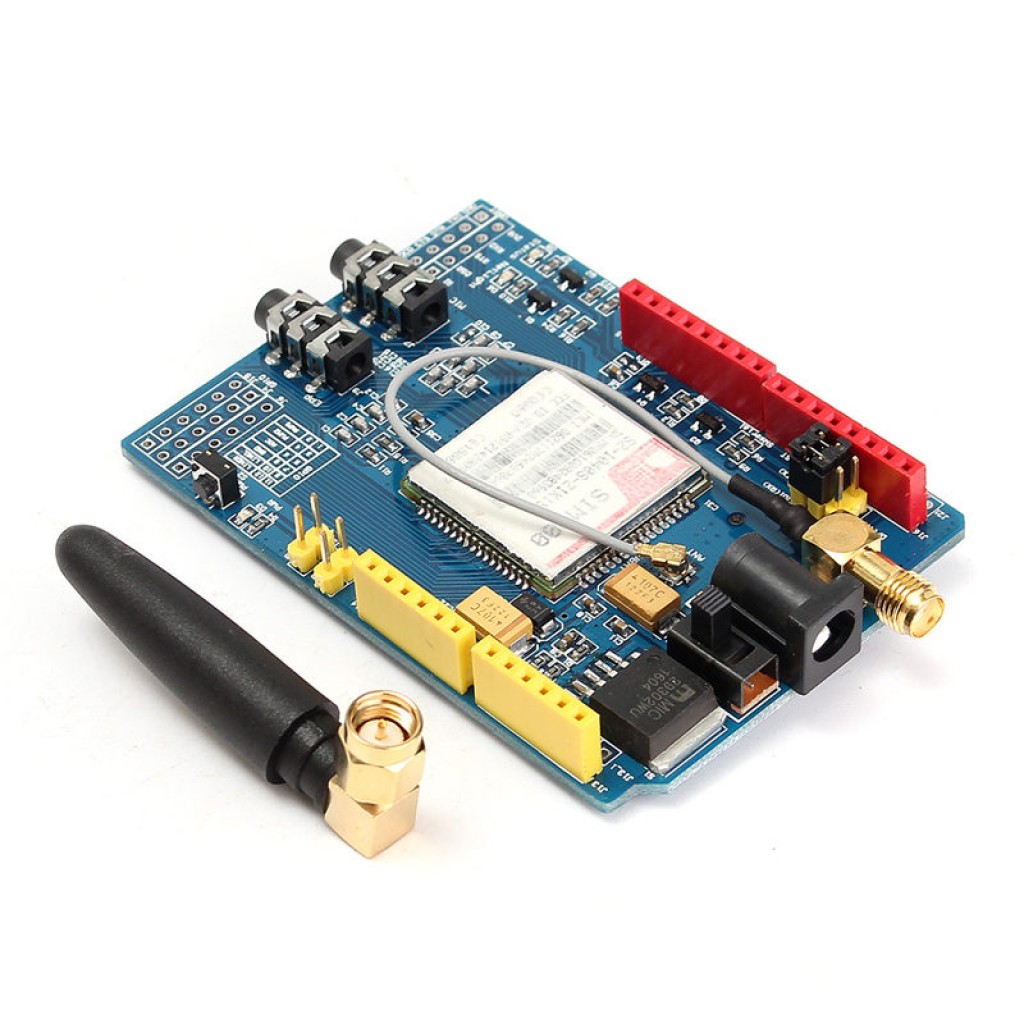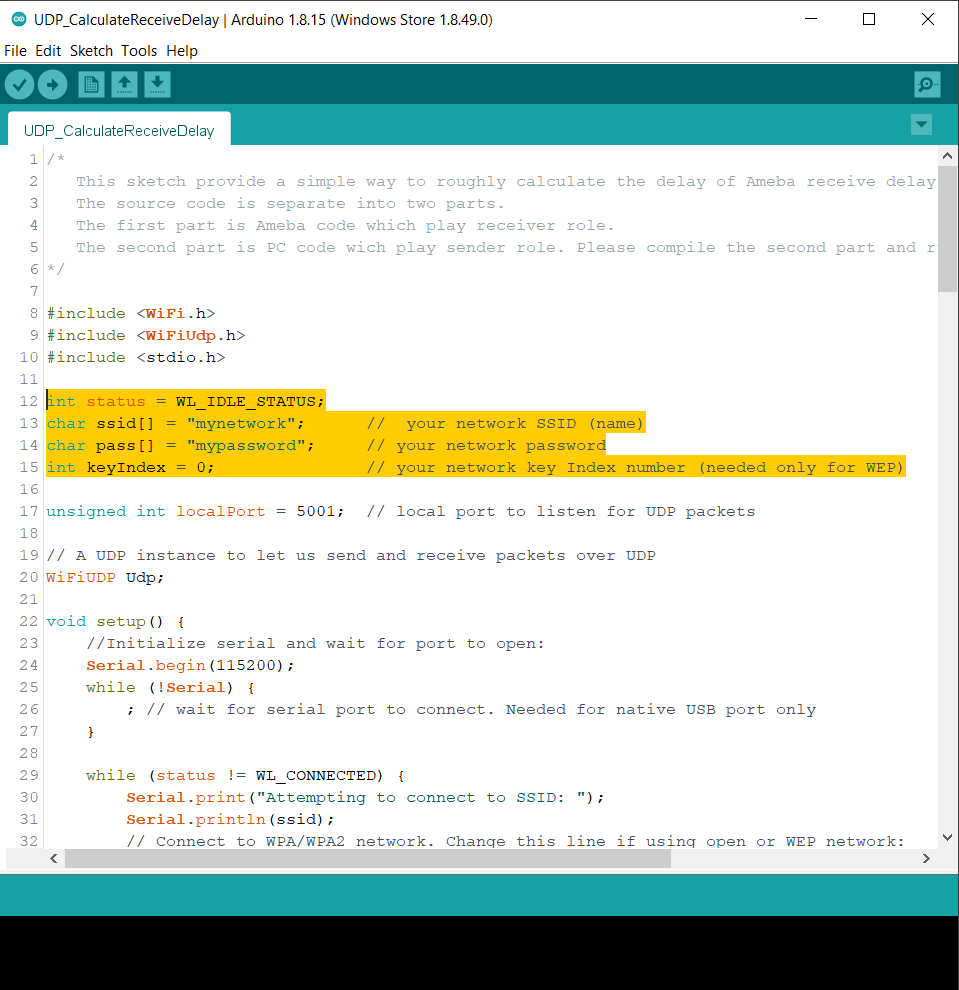

Public StringBuilder sb = new StringBuilder() Private IPAddress GetBroadcast(IPAddress someAddress, IPAddress someMask) Send(callMessage, callMessage.Length, new IPEndPoint(GetBroadcast(UnicatIPInfo.Address,UnicatIPInfo.IPv4Mask), LocalPort)) UnicastIPAddressInformationCollection UnicastIPInfoCol = Interface.GetIPProperties().UnicastAddresses įoreach (UnicastIPAddressInformation UnicatIPInfo in UnicastIPInfoCol) Var message = EndReceive(ar, ref remoteEndPoint) StateObject state = (StateObject)ar.AsyncState IPEndPoint remoteEndPoint = new IPEndPoint(IPAddress.Any, 0) IPEndPoint endPoint = new IPEndPoint(IPAddress.Any, 0) Public Something(int LocalPort) : base(LocalPort) artnet.begin(net, subnet) // optionally you can set net and subnet hereĪrtnet.subscribe(universe, (const uint8_t* data, const uint16_t size) Simply broadcasting the packet will send it to all linked nodes, including the selected () // send to localhost and listen to default port If you're using an Ethernet node to generate the WoL packet you can just connect it anywhere in your network, on any switch port. If you can't take over an existing WoL link you'll also need to generate regular link pulses to make the far side "link up".Īll in all, it'll be much easier to wake the hardware using another method if you don't need to do it over the network cable. Most probably the WoL link is 10BASE-T, so that's doable.
ARDUINO ETHERNET UDP PACKET SENDER CODE
1000BASE-T uses a much more complicate line code that's probably outside your project's scope. 10BASE-T uses simple Manchester code (01="1" and 10="0"). Depending on the WoL mechanism, you'll probably need to pad the frame to its minimal size (64 w/o preamble/SOF) and calculate the correct frame check sequence (FCS). Good luck on encoding the Ethernet stream though - it's not as simple as RS422/423.īefore line encoding you need to build an Ethernet frame preceded by the preamble/SOF sequence, then the frame header (use Ethertype 0x0842) followed by the magic pattern. Simply send a UDP packet (any port is possible, 0, 7 or 9 is customary) containing the sequence to broadcast address 255.255.255.255. Usually, the WoL packet is sent using a higher-layer protocol since it's easier to do. So my question is is it possible to do what I'm trying to do? And if so, how do I go about sending the Magic Packet correctly?Īs you wrote, a WoL magic packet (frame) contains the sequence anywhere in its data stream. This website says it can either be "RS423" or "RS422".

ARDUINO ETHERNET UDP PACKET SENDER HOW TO
I'm trying to determine how this specific serial protocol works, and how to use it in practice on a development-board like Arduino. 1, 2, 3 and 6 - TX+, RX-, RX+ and RX- ( illustration). The sketch below illustrates what I'm trying to do.Īn ethernet cable has 8 wires, the interesting ones for this probably being no.

I'm just having a hard time figuring out how to send this magic packet manually, not through the router (if it's even possible).

I'm trying to make a circuit that "intercepts" the ethernet cable before it enters the computer, allowing me to send a " Magic Packet" through the cable manually - by the press of a button for example.Īs far as I could gather, to make Wake on Lan happen, you must send 6 bytes of 255 (FF FF FF FF FF FF in hexadecimal), followed by sixteen repetitions of the target computer's MAC adress - total of 102 bytes.


 0 kommentar(er)
0 kommentar(er)
